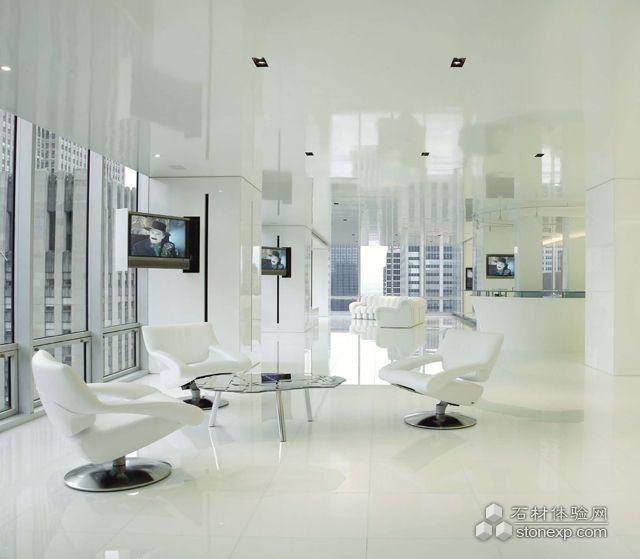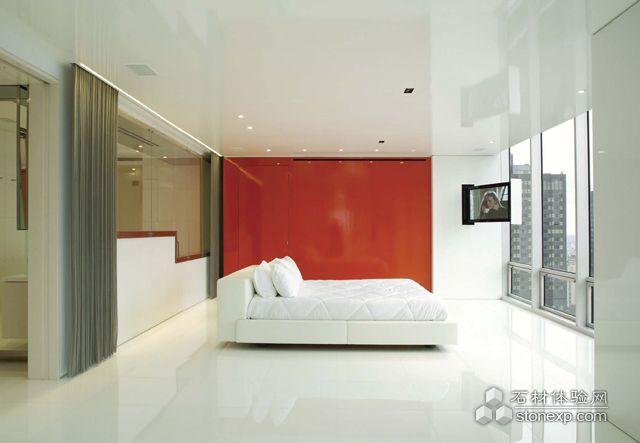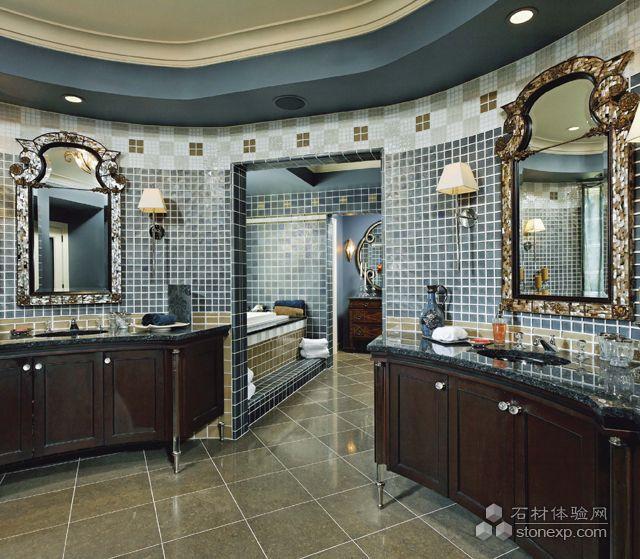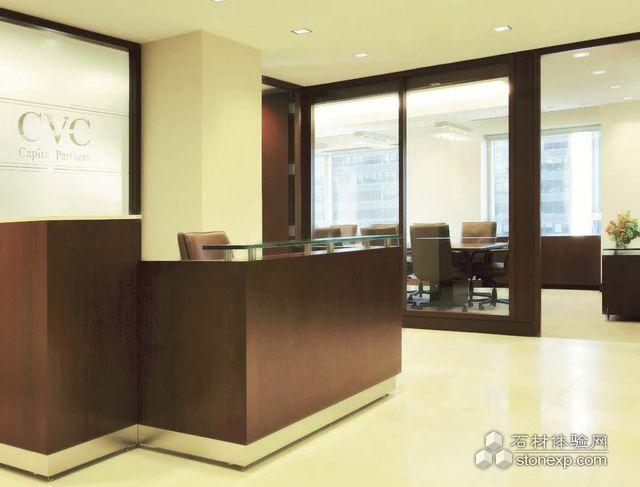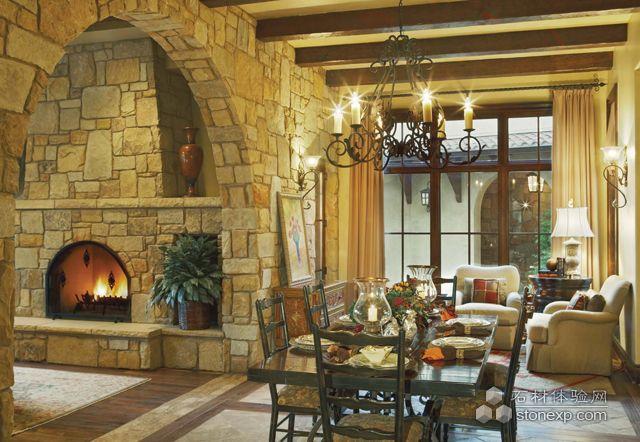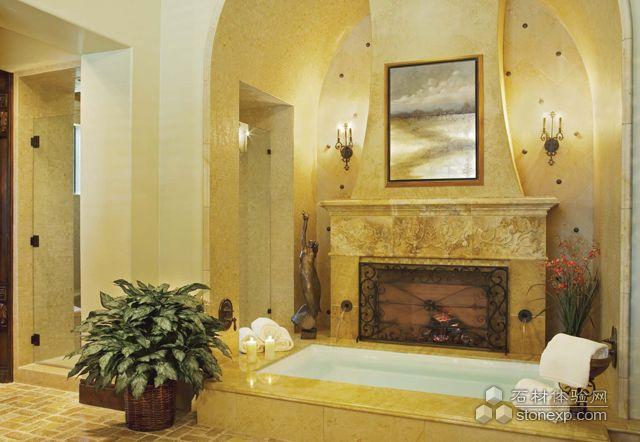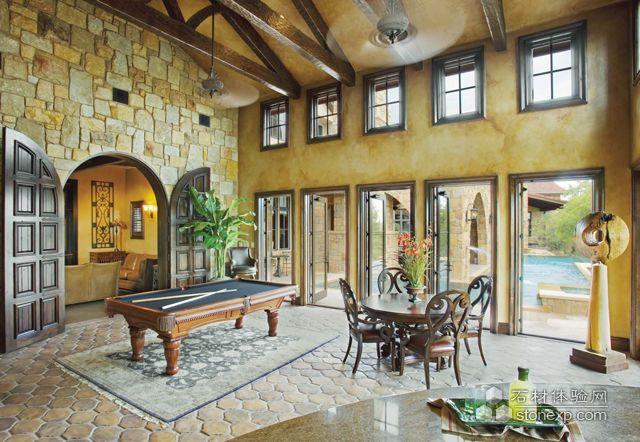Uniting an Interior Space with Stone and Tile
|
When using stone and tile in an interior space, architects and designers are putting more thought into the way these materials can influence other components of a design. They are taking into consideration the furniture, lighting and other aspects within a space, and designing based on how tile and stone can enhance the overall area. In a corporate setting, a floor pattern may reflect the structure of a ceiling or complement desk areas and other office furnishings -- creating refreshing and innovative spaces for tenants and visitors. Moreover, certain tile or stone products with a polished or reflective finish have the ability to create depth and, as a result, are ideal for applications such as making a low-ceiling space appear larger. For residential interior designs, stone and tile can bring together a feature area of a living space or even an entire quarter. James LaRue of James D. LaRue Architects in Austin, TX, explained that he prefers using natural stone and tile as opposed to other materials -- especially on the floor -- when designing. “It’s easier to decorate with and more interesting,” he said. “The patterns are better, and we can cut it the way we want. The design possibilities are endless.” And in addition to the floor, the architect believes that continuing these materials onto other areas of a residential space can benefit the design. “We like to bring them onto the hearths, mantles, countertops and so on,” he said. “It really ties a home together.”
|
